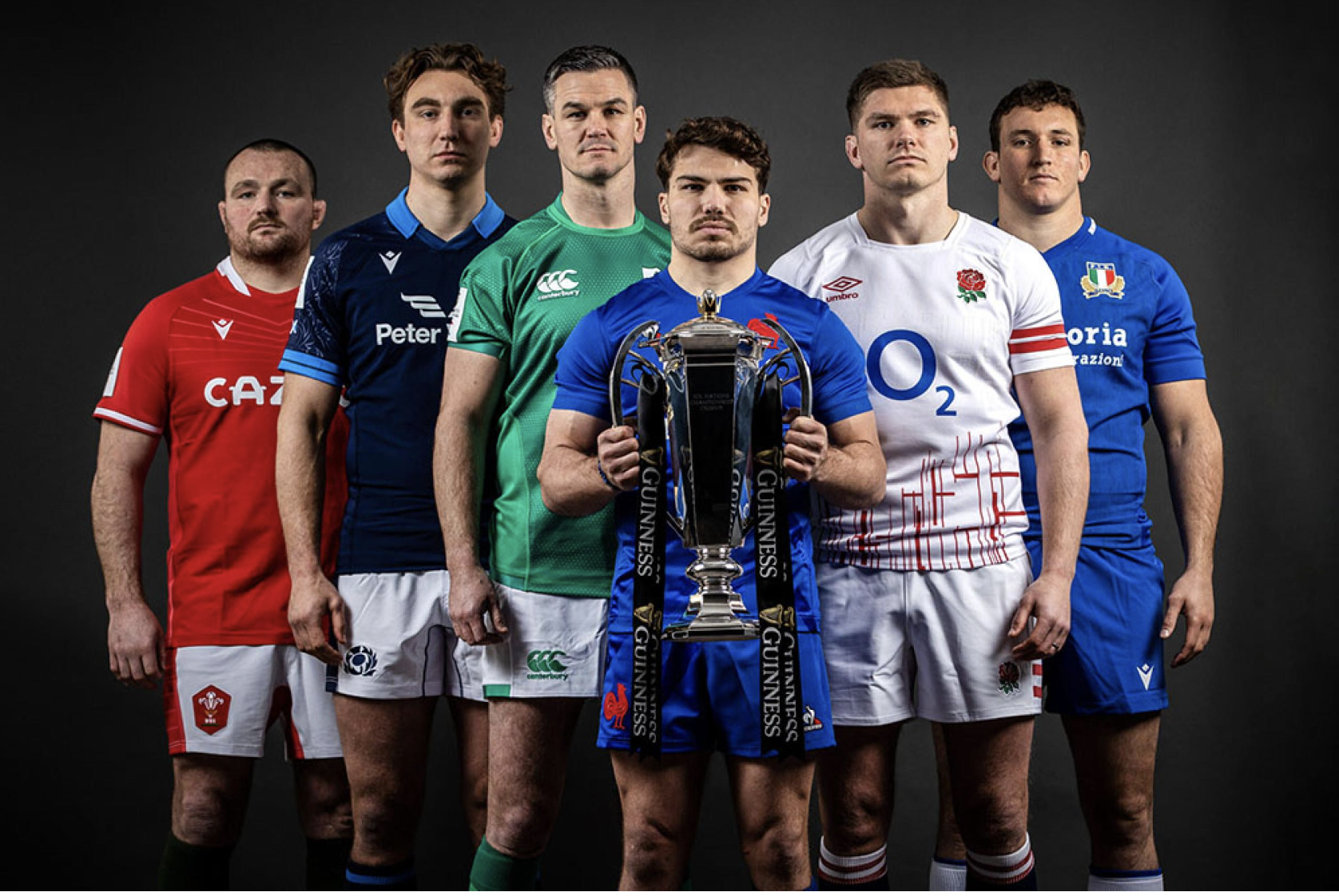I have always been interested in sport injuries. Even as a coach, I was more interested in how the body was moving – or more to the point, what was occurring when the body was not moving correctly – rather than game play. This led to an [almost] obsession with respect to muscles; their origins, insertions, innovations and all the surrounding soft tissue, which interestingly led to the need to know more about how we can push the boundaries to performing at our optimum when structures are a little less than perfect.
I find I spend more than a healthy amount of time pouring over scientific research and resources, which is probably why I no longer have the time to coach!
Over the years, I have become more and more impressed by the resources seeping into the sporting environment, and when I heard about the Anatomy of an Athlete Exhibition at the Hunterian Museum at the Royal College of Surgeons in London, I was positively glowing.
The Exhibition covers many sports but a sport’s injury is a sport’s injury no matter which sport you compete in. If you are interested, get down to this exhibition which has been extended until 21 December 2012. Entry is free between 10am and 5pm, Tuesday to Saturday.
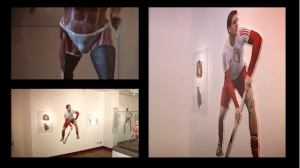
Facing the Knife
Now, I like to think I am good at my job in managing sport injuries but there will quite often come a time when there is no serious option but to face the knife. Although these days surgery is much less intrusive and knives are not often the tool of choice.
Etienne Stott’s Shoulder Dislocation
Following on from my last article and Dave Beal’s gratefully received comment, dislocation of the shoulder is another common injury for rugby players and other athletes, including slalom canoeists.
I am sure we all remember Etienne Stott from our Summer Games. He dislocated his shoulder when his boat hit an obstacle. As the boat suddenly slowed his arm was forced up and back. This caused an anterior dislocation where the head of the humerus (upper arm bone) is pushed out of the front of the shoulder joint. He also tore his labrum (cartilage in the shoulder socket) and his subscapularis tendon (which allows the arm to rotate).
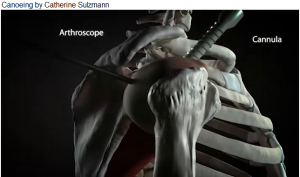 Arthroscopy is the keyhole surgery of the joints. Etienne was treated using this technique in a seated position under general anaesthetic. The surgeon inserted fine instruments through small holes in the back and front of the shoulder. A tiny camera was used to view the inside of the joint. Using suture-anchors, the surgeon fixed the torn cartilage and tendon back to the bones.
Arthroscopy is the keyhole surgery of the joints. Etienne was treated using this technique in a seated position under general anaesthetic. The surgeon inserted fine instruments through small holes in the back and front of the shoulder. A tiny camera was used to view the inside of the joint. Using suture-anchors, the surgeon fixed the torn cartilage and tendon back to the bones.
After surgery Etienne began an intensive programme of ‘sports-specific’ physiotherapy. He resumed training on a simulation machine within a few weeks of surgery and was in a boat on flat water by six weeks. He returned to rapids after three months and competition at five months.
This kind of story is just pure awe-inspiring and you can see Catherine Sulzmann’s brilliant animation bringing the surgery to life at the Exhibition.
Hamstrings
In fact, there are many exhibits that may interest you. For instance, I talked about hamstring injuries not long ago and you can see Emily Evans’ sequence of events leading to the muscle being torn from the pelvis (proximal tendon avulsion) where the athlete feels a ‘pop’ or ‘snap’ with severe pain and weakening of the thigh.
In this resource, you will see surgeons perform avulsion repair to re-attach the hamstring tendon to the pelvis. They make a small incision and use forceps to pull the loose tendon back towards the bone. They remove scar tissue from the end of the tendon and ‘freshen’ the surface of the ischial tuberosity with a burr. Finally they use bone anchors and sutures to reconnect the tendon to the bone. After a period of rest and repair, physiotherapy will help the athlete to recover.
Prostheses
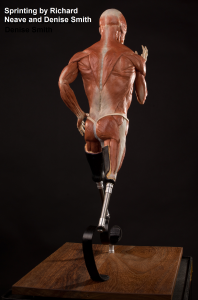 Richard Whitehead is an elite athlete – a swimmer, gymnast and marathon runner who now competes in the 200 metre sprint. His musculature has developed to suit high-performance competition.
Richard Whitehead is an elite athlete – a swimmer, gymnast and marathon runner who now competes in the 200 metre sprint. His musculature has developed to suit high-performance competition.
Like all sprinters, Richard’s upper body is well-developed to allow the explosive movement required at the beginning of the race. Because Richard was born with complete femurs (thigh bones) but no lower legs, he relies more on upper body rotation and arm movement. His shoulders are very wide and his abdominal muscles have extra strength.
He pivots at the hip rather than the knee, so that his femurs circumduct (make a circular movement) out of line with his body. To do this at such great speed Richard has powerful ‘glutes’ (buttock muscles) and highly developed thigh muscles.
Richard uses prostheses that are tailored to his weight and shape. His legs fit precisely into rigid sockets, which transmit external forces to the skeleton via his soft tissue. The prostheses are made of carbon fibre so they flex and recoil. However, unlike legs they are passive devices – Richard provides the energy.
If you would like to know more and find out about other exhibits, such as the process of hypertrophy and how Richard Smith’s training reduces his cholesterol and increases his bone density, click here and take a look at the exhibition video.
By: Liz Ward and The Royal College of Surgeons of England, 35-43 Lincoln’s Inn Fields, London WC2A 3PE








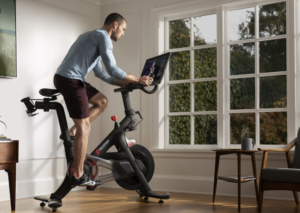 When most people hear the word “Peloton” they think of an expensive black bike with shiny red buttons and that controversial commercial where the husband gifted his wife a Peloton for Christmas.
When most people hear the word “Peloton” they think of an expensive black bike with shiny red buttons and that controversial commercial where the husband gifted his wife a Peloton for Christmas.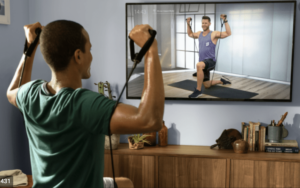 If the app interests you, Peloton is currently offering a 30 day FREE TRIAL, so why not give it a try? Check it out
If the app interests you, Peloton is currently offering a 30 day FREE TRIAL, so why not give it a try? Check it out 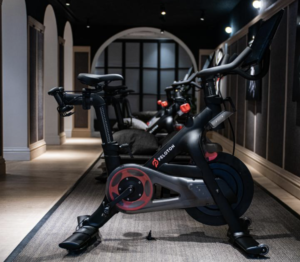
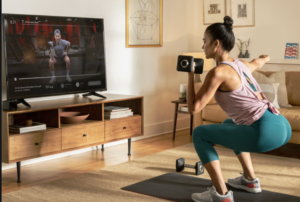
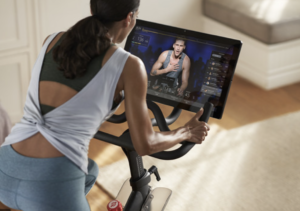 This article would not be complete, however, if we did not acknowledge some of the delivery issues that have been plaguing Peloton over the last year. Most of the delivery issues seem to affect U.S. deliveries, however, the UK deliveries have been affected as well.
This article would not be complete, however, if we did not acknowledge some of the delivery issues that have been plaguing Peloton over the last year. Most of the delivery issues seem to affect U.S. deliveries, however, the UK deliveries have been affected as well.







